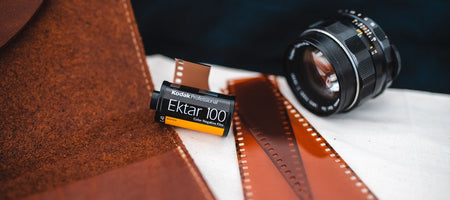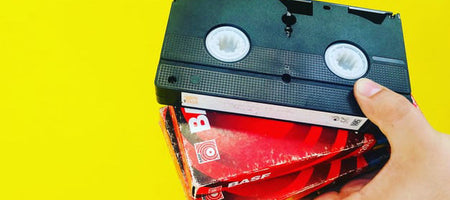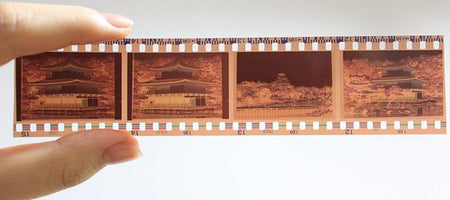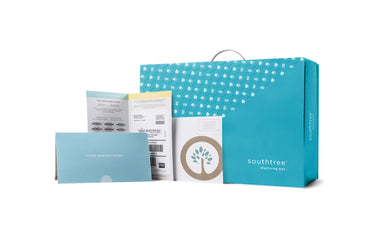After Betamax failed to become the industry standard, Sony had to create a new tape format the same size as their VHS competitor. In 1988, Video8 was the first response. The Video8 tape is smaller and catered to VHS-C compact camcorders that couldn’t fit a Betamax tape. In 1989, the Hi8 tape took it a step further to counterpart the Super-VHS. Hi8 was only 8mm tape in size, had better picture quality, and could record up to 120 minutes on a single tape. What was there not to like?
Hi8 tapes had analog video and audio formats just like the Video8 analog recordings. The new Video8 machines had audio frequency modulation (AFM) sound too, which was far superior to its predecessors.
But Hi8 tapes had a higher resolution, hence the “high-brand Video8” name. Hi8 created a huge boom in home recording usage. Between amateur camcorder enthusiasts to television production professionals, everyone used these videocassettes in the 1980s. The quality was close to broadcast standards without the expensive price tag. Subsequently, most of the news footage from the Gulf War was used with Hi8 camcorders.
The Hi8 had a better quality luminance resolution of 400 lines compared to the Video8. The FM carrier frequency range increased from 1.2MHz bandwidth on the Video8 to 2.0 MHz bandwidth. The media formulation was significantly superior, although the color resolution and audio remained the same. In 1998, the luminance was upgraded once again by 10% when Sony announced the XR (extended resolution) for Hi8. Did you know these resolution improvements made Hi8 almost equal in quality to a Laserdisc?
One downfall is Hi8’s use of metal evaporated (ME) tape to record in the higher resolution. ME tapes were used for Hi8 because of its superior quality to the metal particle (MP) tapes. But the coating on the magnetic material is about three times as thin as the MP tapes. This makes ME tapes much more sensitive and likely to damage.
One goal of Sony’s was to have consumers buy Hi8 formatted videos in stores to ease the competition with VHS. Tapes were released on the Video8 format, although by then VHS overtook the market and consumers rarely purchased Video8 movies. Movie tapes were not released on the Hi8 format (except for maybe airlines using 8mm tapes). Since the screens on airlines are so small, the quality is sufficient enough to use tapes rather than digital. In fact, most airlines continued using 8mm tapes into the 2010s on commercial flights.
Hi8 exceeded the Super 8 standard and made it easier for the common consumer to afford high quality equipment for home movies. In addition, families didn’t have to carry bulky camcorders when 8mm tapes became available. Who knows, maybe America’s Funniest Home Videos has Hi8 to thank for most of their material!
Do you still have Hi8 tapes stored away at home? We’d be happy to digitize these analog recordings so you can freely share and edit the content. Within 15 years 8mm tapes will start to show signs of degradation, so be sure to get them digitized sooner rather than later before they deteriorate!













